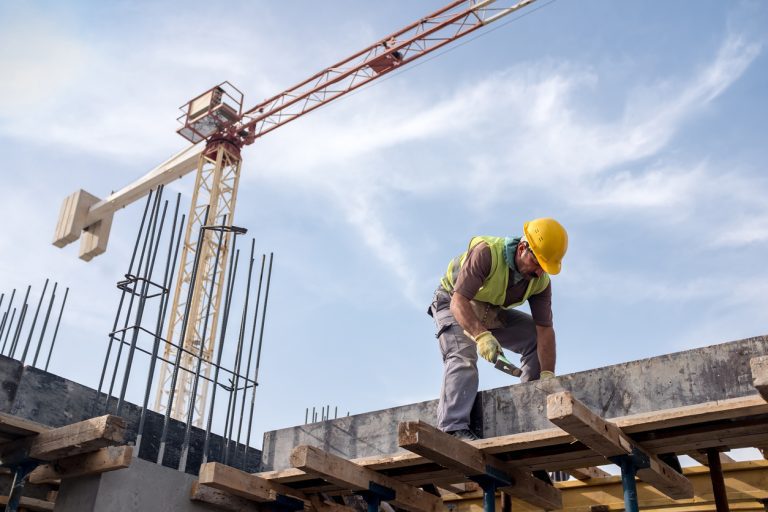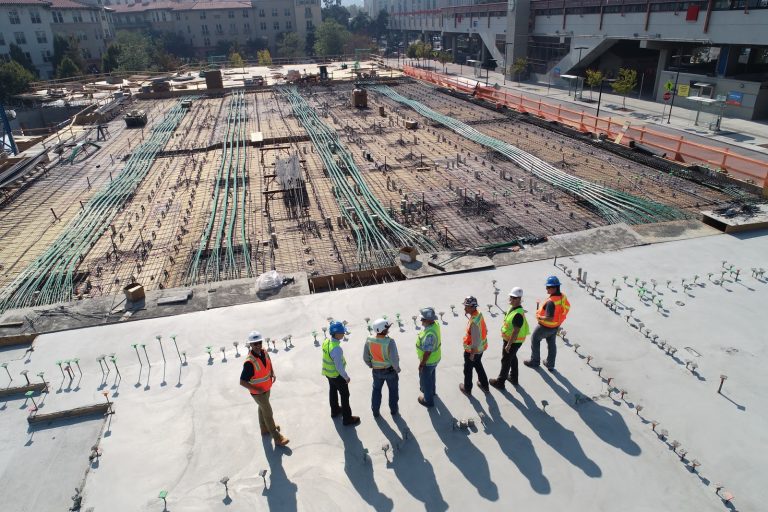When you’re disposing of a property, you’ll have to take certain things into consideration, from choosing an estate agent to sell the home, to deciding how much you want for it. You will also need to take Capital Gains Tax into consideration. Daniel Fallows, Director at landlord accountants, Gorilla Accounting, takes a closer look at some of the finer details when it comes to Capital Gains Tax. What is Capital Gains Tax? This tax rule refers to the profit you make when you sell (or ‘dispose of’) an asset that increased in value. For example, if you bought a house for £120,000 and it later sold for £150,000, you made a gain of £30,000 – in essence, you pay tax on the gain you make, not on the amount of money you received. When it comes to Capital Gains Tax, ‘disposing of’ an asset can mean selling it, giving it away as a gift or transferring it to someone else, swapping it for something else, or getting compensation for it (for example, an insurance pay-out). Private Residence Relief While it’s true that you must pay Capital Gains Tax when disposing of a property, this is more directed at landlords than private homeowners. This is because you’re entitled to something called Private Residence Relief if you meet certain criteria. This Private Residence Relief means you won’t have to pay Capital Gains Tax if the following applies when selling or disposing of your home: You only have one home, and you’ve used it as your main home since it came into your possession. You’ve not let any part of it out (though this doesn’t include lodgers). You’ve not used part of the home for business only. The ground and any buildings within are less than 5,000 square metres in total You didn’t buy the home just to make a profit. If you can’t meet all these requirements, you may have to pay some tax. If you’re married or in a civil partnership, you can only count one property as your main home. Your Tax-Free Allowance Just like your income tax, you also have a tax-free allowance when it comes to Capital Gains Tax (called Annual Exempt Amount). In the tax year of 2020/21, your allowance is £12,300. According to the UK government, you also don’t typically pay Capital Gains Tax on gifts to your spouse or civil partner or to a charity, just as you don’t pay it on gains from ISAs, PEPs, bets, lottery wins, pool winnings, UK government gilts and Premium Bonds. Capital Gains Tax Rates If you pay 40% or 45% in income tax (meaning you pay a higher or additional rate), you’ll also have to pay 28% on your gains from residential property and 20% on your gains from other chargeable assets, like shares that aren’t on an ISA or PEP, business assets and most personal possessions worth £6,000 (except your car). These personal possessions include jewellery, paintings, antiques, coins and stamps. If, on the other hand, you’re a basic rate income taxpayer, the Capital Gains Tax you pay will depend on the amount of the gain itself, your taxable income and the type of asset you made a gain from. So, you’ll have to: Figure out the amount of taxable income you have Calculate your total taxable gains (work out the gain for each asset, add them together and deduct any allowable losses) Deduct your allowance Add the amount to your taxable income You’ll have to pay 18% of Capital Gains Tax if the resulting amount falls within the basic income tax band. Deadlines to Keep in Mind There is no specific time of year to pay Capital Gains Tax, considering each case is different. However, you have 30 days after the completion date to report and pay your tax on any property disposals after April 2020. Because of the COVID-19 pandemic, HMRC didn’t issue late filing penalties to transactions completed between 6 April 2020 and 30 June 2020 as long as the gain was reported, and the tax paid, by 31 July 2020. However, if you don’t pay Capital Gains Tax within 30 days of completion, you’ll be charged interest, as this wasn’t deferred. Reporting Capital Gains Tax In order to report and pay this tax, you need a Capital Gains Tax on UK property account. Once you have it, you can report the disposal of the property, pay any tax owed and view/change previous returns. If you don’t live in the UK, you have more to report, including: Any residential UK property or land you have (this includes any buildings on the land) Non-residential properties or land Mixed-use properties or land Rights to assets that get, at least, 75% of their value from land








